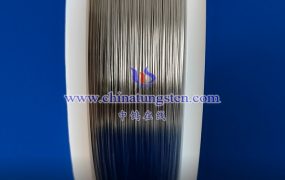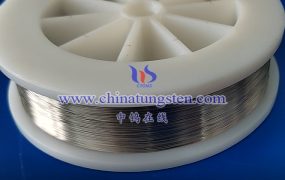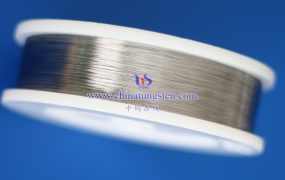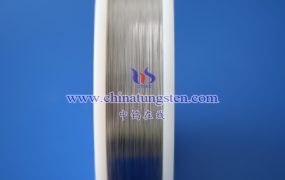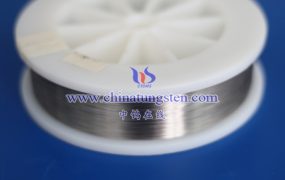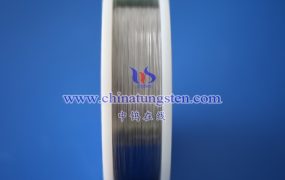The market price of cut-resistant tungsten wire is affected by many factors, including the cost of raw materials, manufacturing process, market demand, supply chain conditions and global economic situation. The specific pricing process may be complicated. The following are the main influencing factors:
- Raw material price
Tungsten ore price: The main raw material of tungsten wire is tungsten ore. The mining and supply of tungsten ore directly affect the basic price of tungsten wire. Tungsten ore prices fluctuate greatly and are affected by global mineral supply, production costs, energy prices, etc. Tungsten is a rare metal, and the price of tungsten ore in the market is relatively high. It is usually priced per ton of tungsten ore (tungsten concentrate).
Scarcity: Tungsten is a rare resource. The world’s tungsten mines are mainly concentrated in China, so the global tungsten price is largely affected by the supply situation in the Chinese market.
- Manufacturing cost
Process complexity: The production process of cut-resistant tungsten wire requires high manufacturing precision and complex processing technology, such as high-temperature smelting, wire drawing, cutting and other processes. The cost of these technologies and processes will directly affect the final tungsten wire price.
Energy consumption cost: The production of tungsten wire requires extremely high temperatures and specialized equipment, and the energy consumption is huge, especially when manufacturing cut-resistant tungsten wire. Energy and process costs increase the total manufacturing cost.
Labor cost: The production of high-tech products often requires highly qualified technical workers, so labor costs also account for a large proportion of the production pricing of tungsten wire, especially in developed countries.
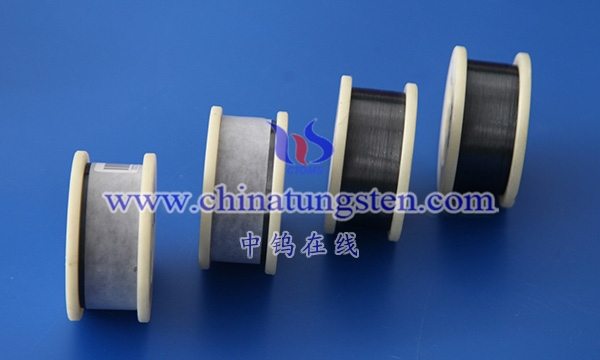
- Market demand
Industry demand fluctuations: Tungsten wire is widely used in high-demand fields such as cutting tools, industrial manufacturing, and the electronics industry. When the demand in these industries rises, the price of cut-resistant tungsten wire will also rise. Especially in high-tech fields such as aerospace and defense industries, they have a large demand for tungsten wire and high requirements, which will drive up prices.
Downstream demand: When the downstream market of cut-resistant tungsten wire (such as electronic devices, tool manufacturing, machining, etc.) has strong demand, prices may rise. Conversely, if the global economy is weak and demand decreases, tungsten wire prices may fall.
- Global supply chain and trade policy
Supply chain bottlenecks: If the raw material supply chain is disrupted, such as international trade restrictions, transportation problems or natural disasters, the shortage of tungsten ore may lead to an increase in the market price of cut-resistant tungsten wire.
International trade policy: The trade policy of tungsten ore exporting countries (such as China’s export restrictions, tariffs, etc.) will affect the supply of tungsten wire in the global market, and thus affect the price. When the global political situation is tense, it may aggravate the instability of the supply chain and push up prices.
- Competition and brand
Market competition: There are multiple suppliers in the cut-resistant tungsten wire market, and factors such as product performance, brand awareness, and technical level of different manufacturers will affect market pricing. If it is a high-quality tungsten wire from a well-known brand in the industry, its price may be higher, while the price of products from general manufacturers is relatively affordable.
Technological innovation: Companies with advanced manufacturing technology may improve the quality of cut-resistant tungsten wire and achieve differentiated pricing with technological advantages.
- Environmental and energy factors
Sustainable development pressure: Some countries and regions have implemented strict environmental protection regulations, which may increase the environmental protection cost of producing tungsten wire, thereby pushing up prices. In particular, those countries with strict environmental requirements usually have higher prices for their tungsten products.
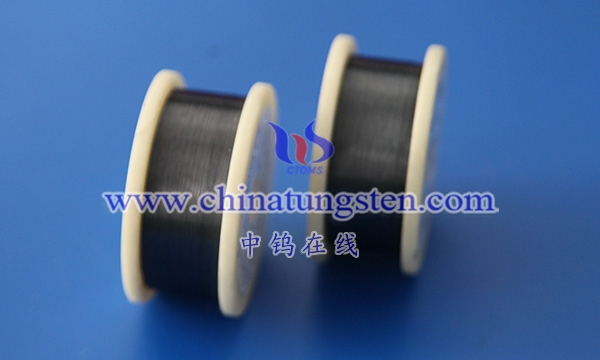
Energy price fluctuations: The high energy consumption characteristics of tungsten wire production make energy price fluctuations one of the important factors affecting the cost of tungsten wire. Rising energy prices will directly increase the cost of manufacturing tungsten wire, thereby pushing up prices.
- Inventory and supply-demand balance
Supply-demand relationship: The supply-demand balance of the market is one of the core factors that determine the price. When the market is undersupplied or the inventory is reduced, the price of cut-resistant tungsten wire will rise; conversely, if the market is oversupplied and the inventory is sufficient, the price may fall.
- Exchange rate changes
International market transactions: International transactions of tungsten wire are usually settled in US dollars, and exchange rate fluctuations will also affect the pricing of tungsten wire. Especially in the case of a large export market, changes in the US dollar exchange rate will affect the profits of export companies, thereby adjusting product pricing.
Price reference
Depending on the demand of different markets and the fluctuations of the above factors, the price of cut-resistant tungsten wire may range from hundreds of dollars to thousands of dollars per kilogram. High-quality, special-purpose tungsten wire, especially cut-resistant tungsten wire used in aerospace, defense and high-tech fields, tends to be more expensive.
More details of tungsten wires, please visit website: http://tungsten.com.cn/tungsten-wires.html
Please contact CHINATUNGSTEN for inquiry and order of tungsten needles:
Email: sales@chinatungsten.com
Tel.: +86 592 5129595
